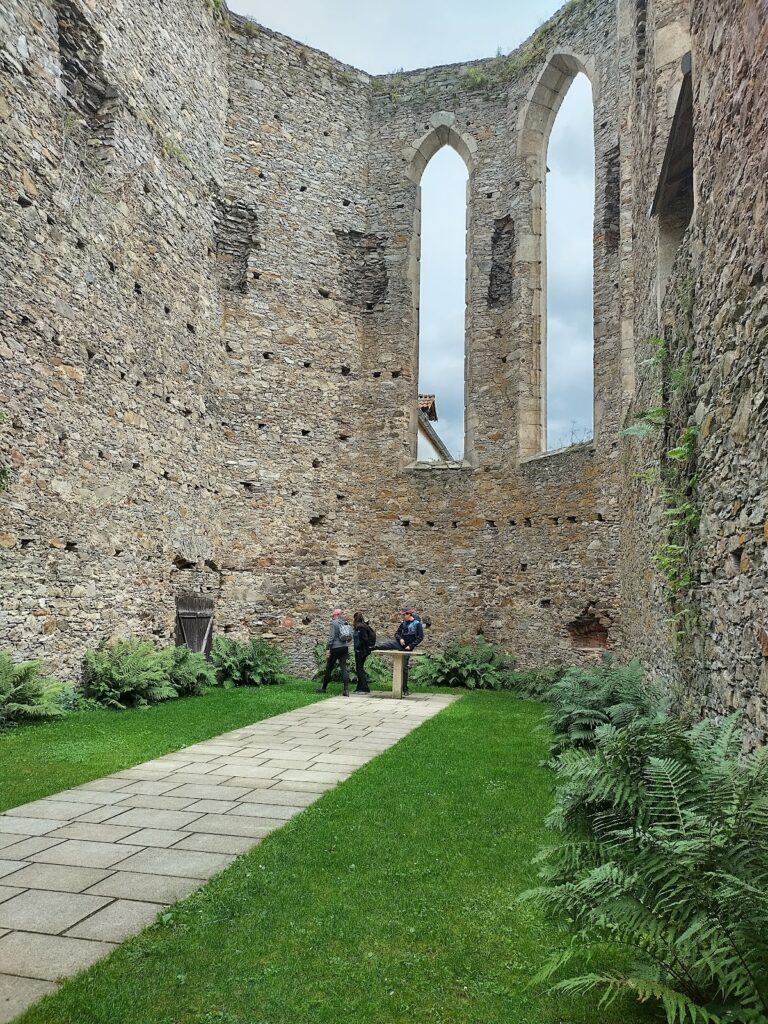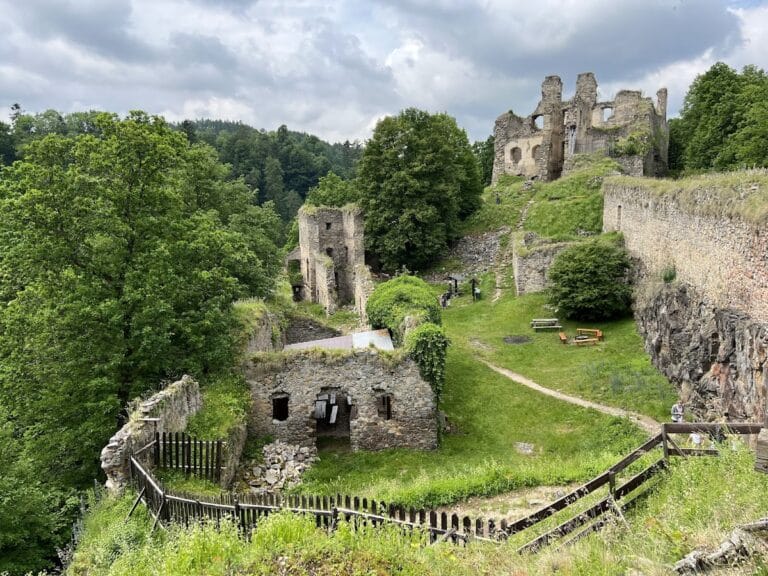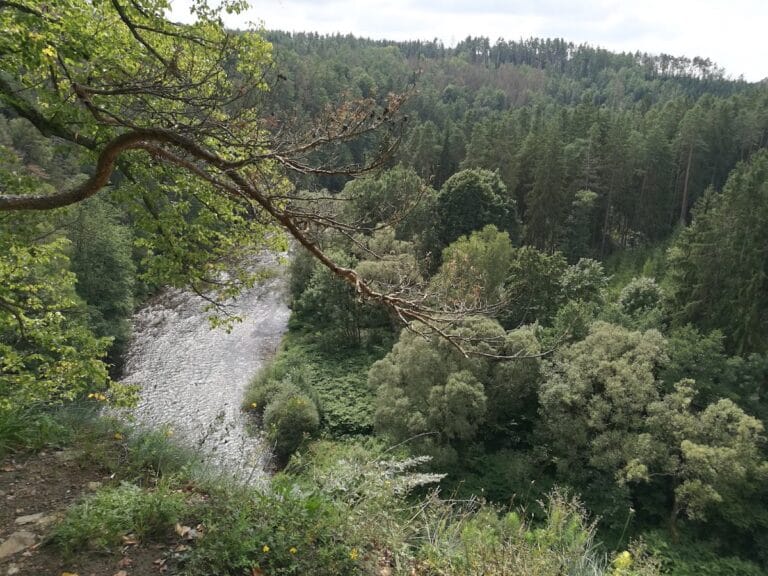Kuglvajt: A Medieval Castle Ruin in the Czech Republic
Visitor Information
Google Rating: 4.1
Popularity: Very Low
Google Maps: View on Google Maps
Official Website: www.hrady.cz
Country: Czechia
Civilization: Unclassified
Remains: Military
History
Kuglvajt is a medieval castle ruin located near the village of Brloh in the present-day Czech Republic. It was originally constructed in the 14th century by the Bohemian kingdom, serving as a royal and administrative stronghold.
The earliest known record of Kuglvajt dates back to 1357, when it was connected to Dětrich of Portic, a prominent church official who served as bishop of Minden and advisor to King Charles IV. After Dětrich’s death in 1367, ownership of the castle transferred to the Bohemian royal chamber, placing it under direct royal authority.
During the turbulent reign of King Wenceslaus IV, the castle became embroiled in political conflict. Its burgrave (castle governor), Václav of Švamberk, played a role in tensions between the king and Archbishop Jan of Jenštěn. In 1395, amid widespread noble unrest, forces led by Jindřich (Heinrich) of Rosenberg captured Kuglvajt and deliberately destroyed it. This event reflected the significant factional struggles weakening central power in Bohemia at the time.
Following these disputes, King Wenceslaus IV granted Kuglvajt to Jindřich of Rosenberg, who added it to the Maidštejn estate. The castle was thereafter abandoned and left in ruins, never restored or inhabited again.
Not far from Kuglvajt, religious development occurred near the end of the 15th century. Around 1495, a group of hermits invited by Peter IV and Ulrich of Rosenberg founded a Paulaner monastery on the site. This monastic complex, including a church dedicated to St. Andrew, remained unfinished and was deserted by approximately 1530. Later, during the Thirty Years’ War, Swedish troops destroyed the remains of this religious establishment. The ruins of both castle and monastery lie approximately three kilometers north of Brloh, quietly marking the area’s medieval past.
Remains
The ruins of Kuglvajt castle occupy a rocky granite hill about 740 meters above sea level, overlooking the Křemžský potok valley. The natural terrain strongly influenced the castle’s layout, which included distinct lower and upper sections. The lower part featured a rectangular outer courtyard, known as a vorburg, enclosed by earthworks that once supported defensive walls. Today, these earthworks survive as rampart-like remnants, offering a glimpse of the castle’s former fortifications.
The main castle core was situated on a higher rocky outcrop connected to the outer bailey by a surviving communication passage. This inner core benefited from natural and man-made defenses: a rock-cut moat protected the western side, while a narrow rocky ridge on the opposite side supported a slender tower with rounded corners. Within this core area stood a principal two-room palace, which was separated from the moat by a zwinger—a narrow enclosed ward typical for medieval castles designed to create an additional defensive barrier.
Nearby, the remains of the Paulaner monastery include unfinished buildings and the partially completed church of St. Andrew. The stone and building material from this religious complex are known to have been reused in later constructions across local settlements and estates. While the monastery’s structures did not survive intact, the site offers visible evidence of its brief existence and connection to the Rosenberg family.
Both the castle and monastery ruins remain visible on the hilltop, their fragmented walls and earthworks bearing silent witness to the region’s layered medieval history. The site’s position above the valley and surrounding trails preserves a tangible connection to the developments and conflicts that shaped it centuries ago.










